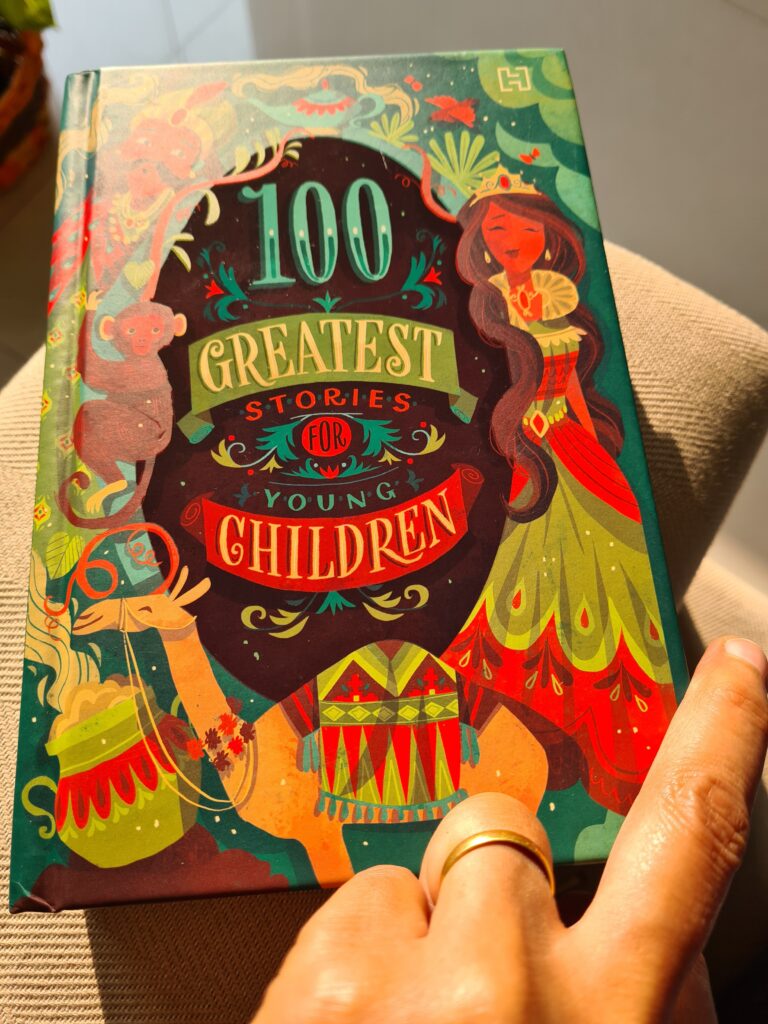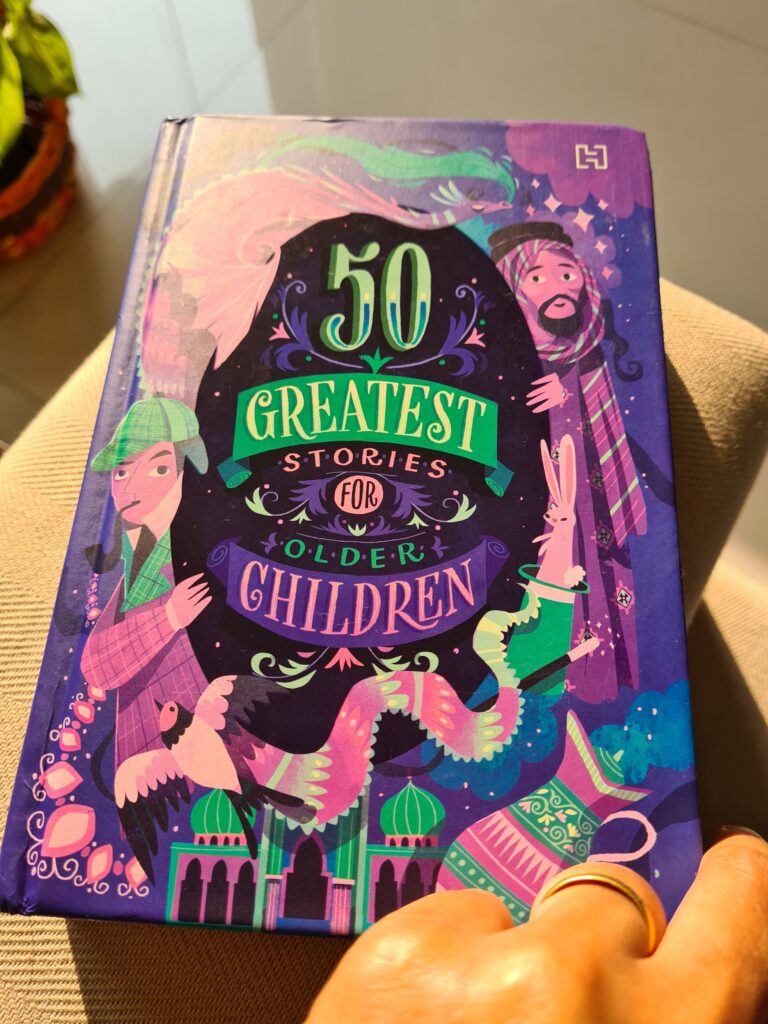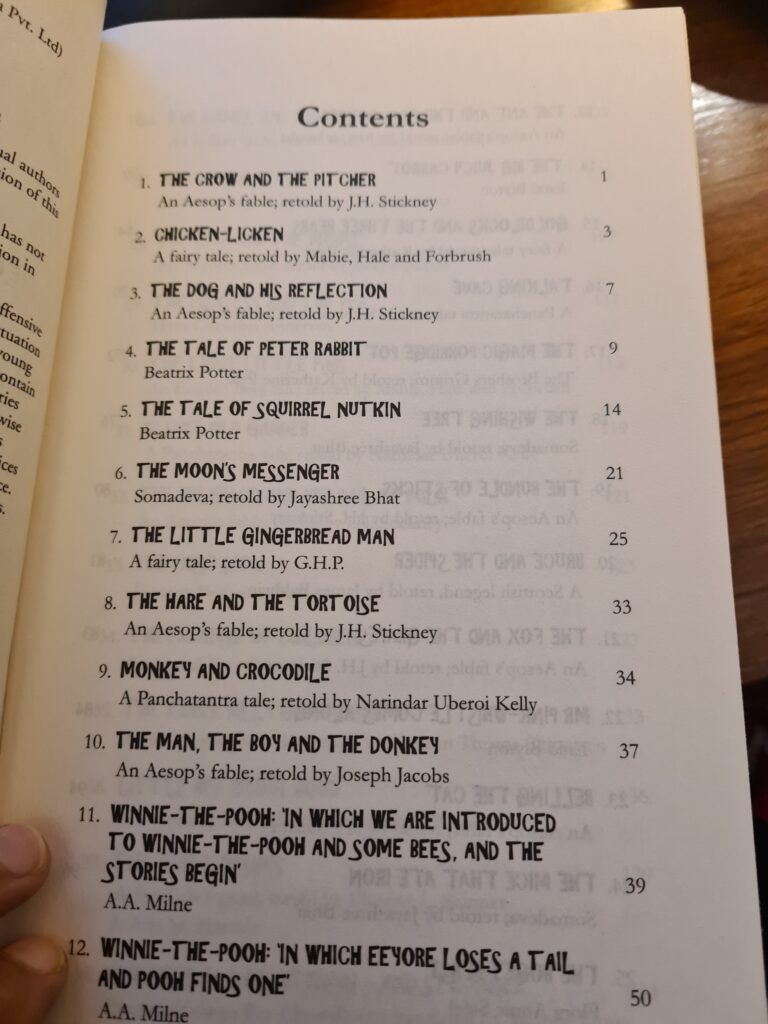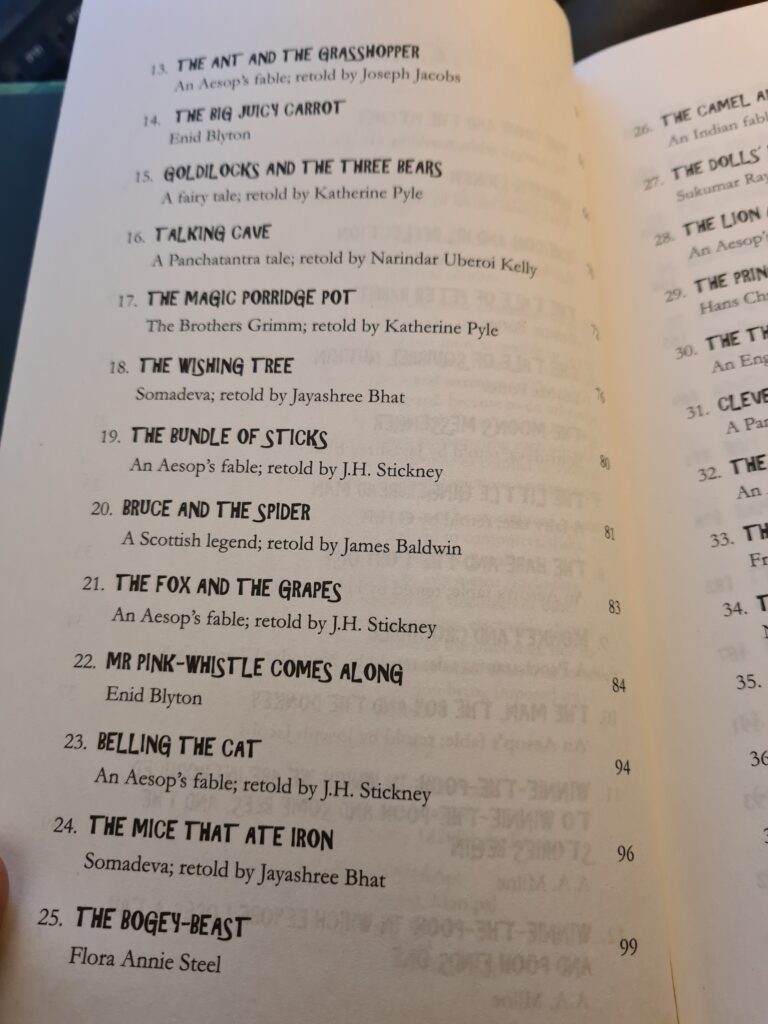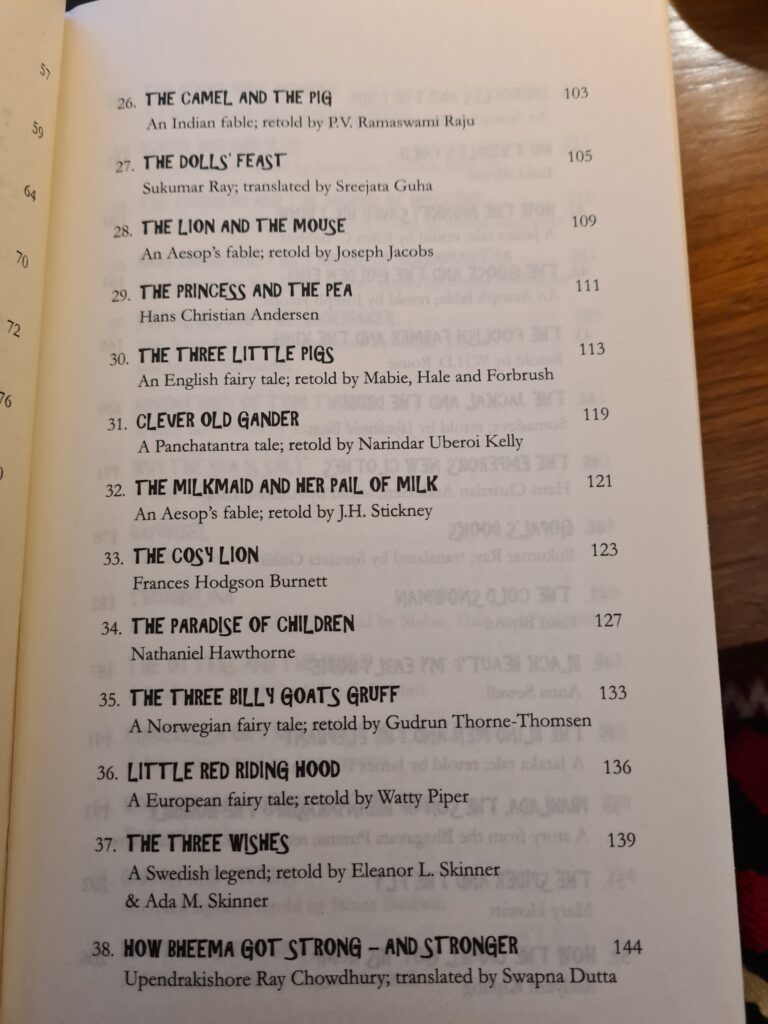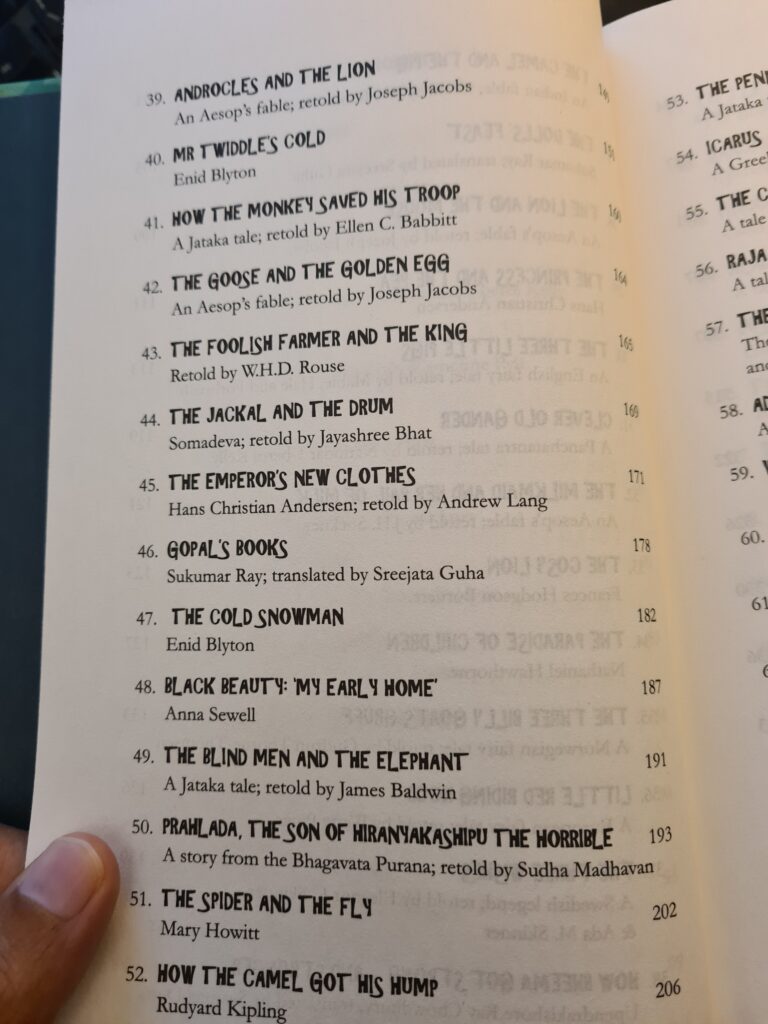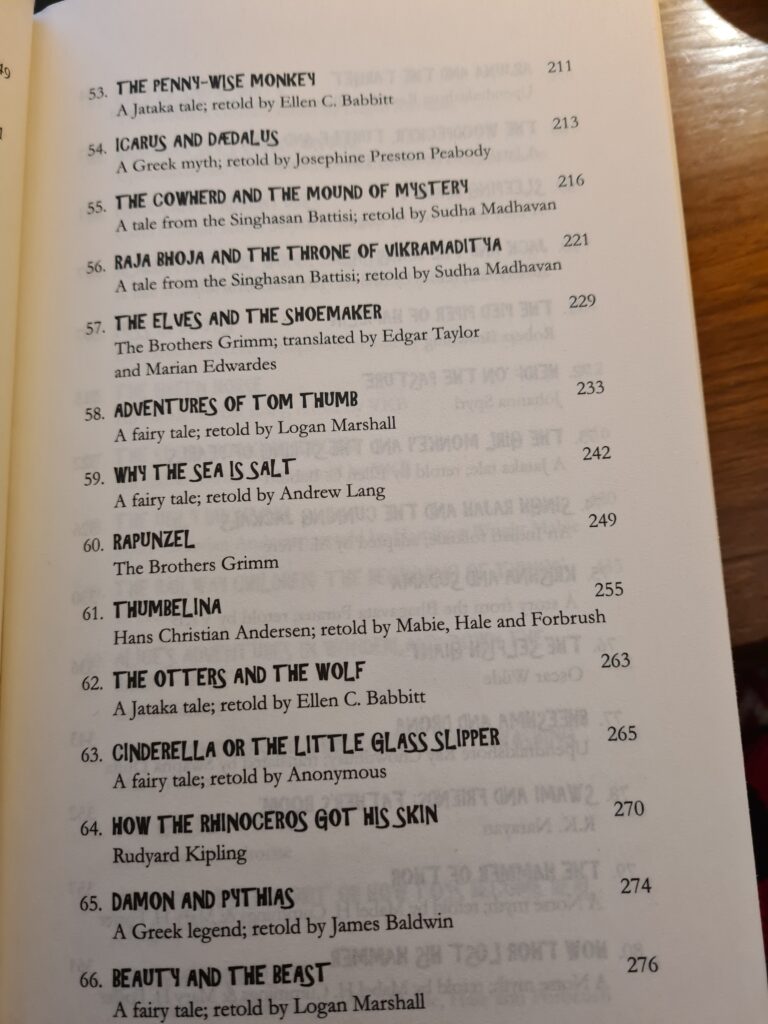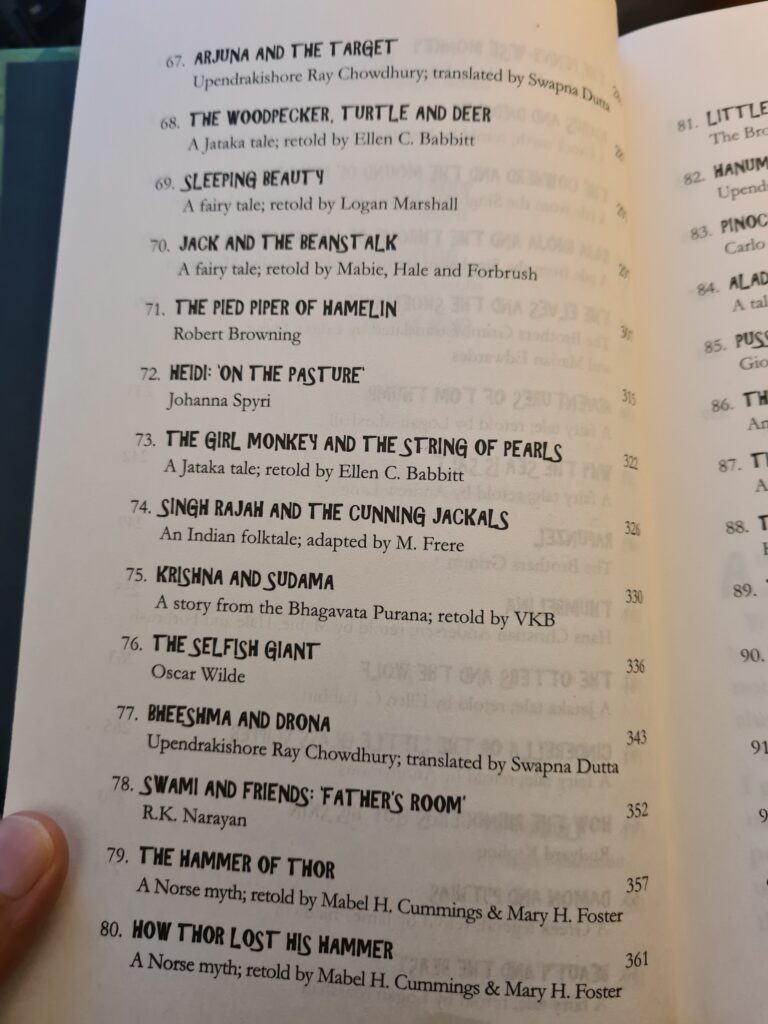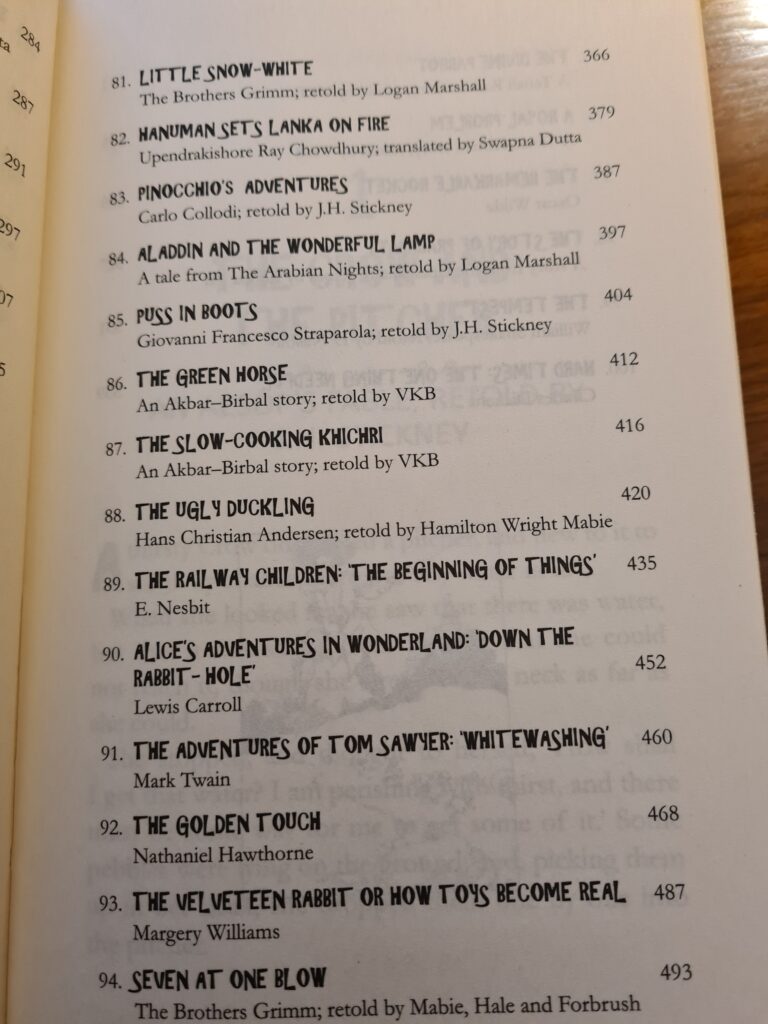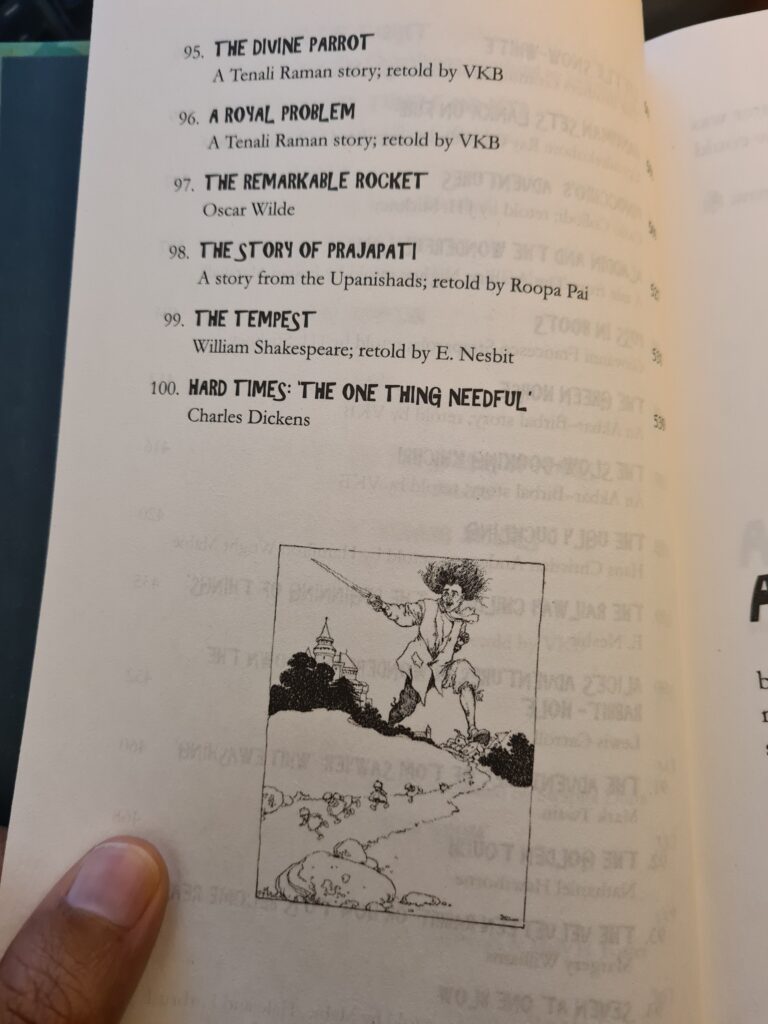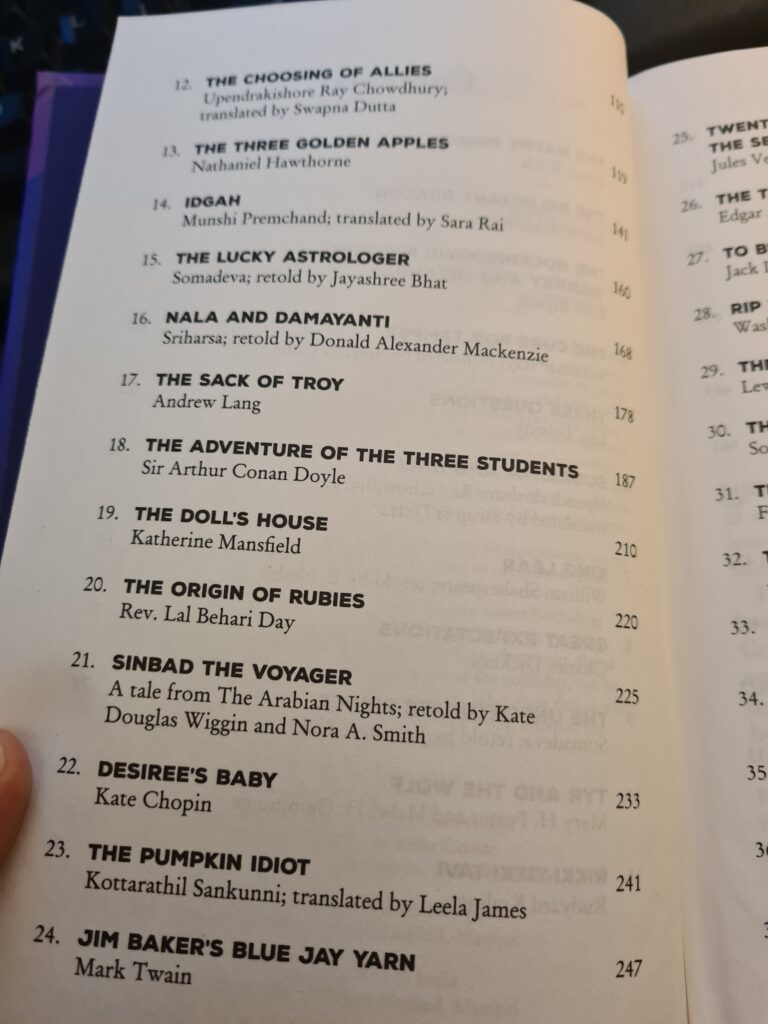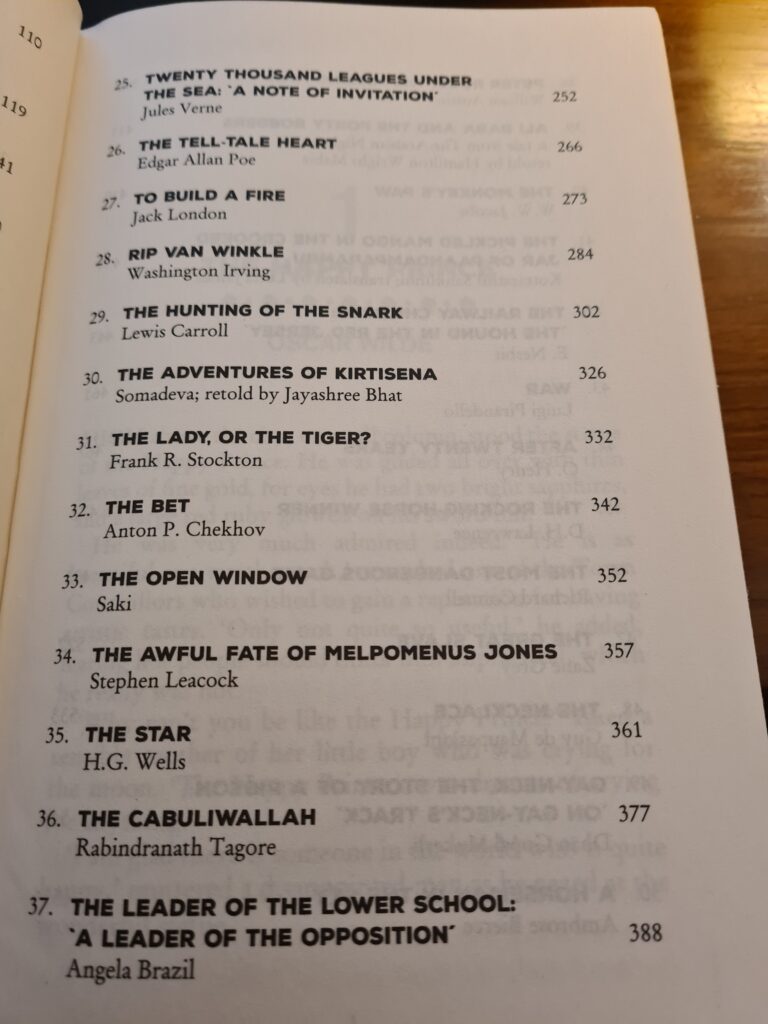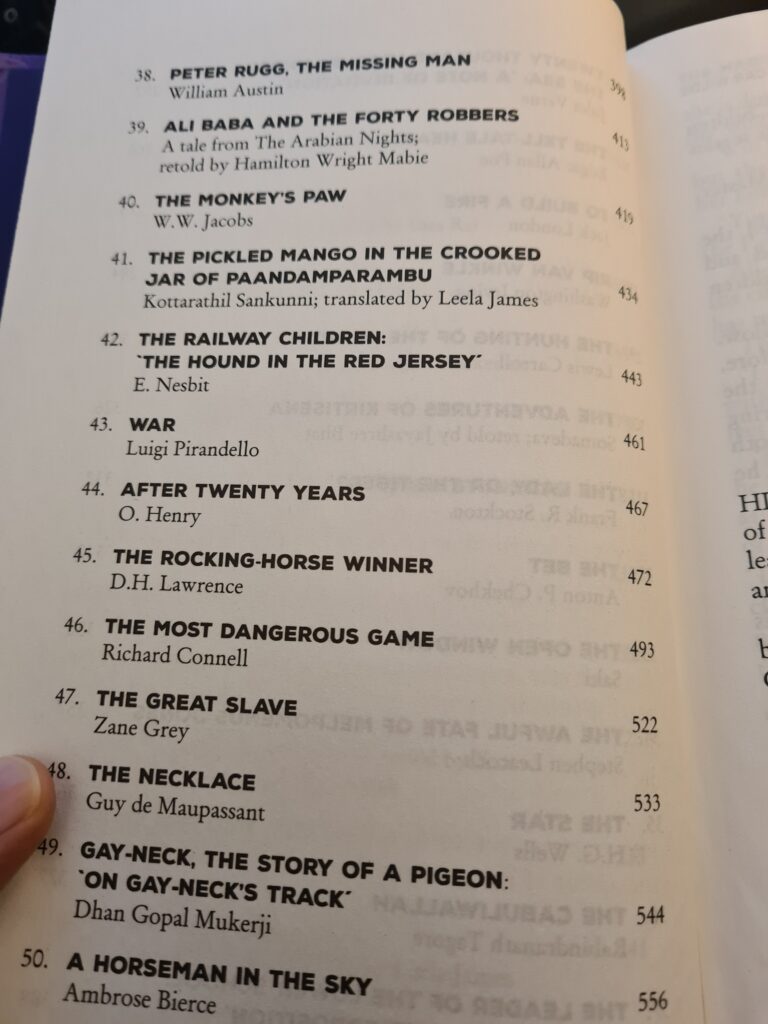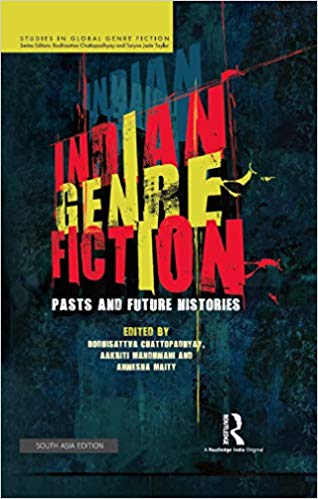Shovon Chowdhury is an ad man. His debut novel The Competent Authority is being published by Aleph in August 2013. I have reviewed the book and interviewed him for the Hindu Literary Supplement, to be published on 4 Aug 2013. Meanwhile we got chatting about Bengali literature. I do not speak or read Bengali, but in response to my question, I received a lovely email from Shovon last night. I am reproducing it as is, with permission.
30 July 2013

Hi Jaya,
Sorry I didn’t respond yesterday. I was working from morning till midnight, and then I passed out, shortly after my wife whispered in my ear, “You’re getting old now.”
To answer your question, I was hauled back from the UK at the age of 10, in 1973, to Calcutta. Once I got over the shock of learning that there was no TV, I was told that I had to pass Bengali in my annual exams, around a year from that point, or I would be kicked out of school. They weren’t as impressed with my English origins as we had thought they would be. You can’t really learn a language until you read stories, and in this respect, Satyajit Ray was a godsend for me. The first Bengali book I ever read was Felu-da’s Baksho Rohoshyo (The Box Mystery), purchased at A.H. Wheeler and read on the train, through the night, under a tiny bulb. I traced my finger along the words as I read it.
Further investigation of Satyajit Ray led me to Sandesh, a kid’s magazine he and his family ran from their house. Most of us young subscribers met him at one point or the other, and he would hand over our copies with the utmost gravity. In the very first issue I met Professor Shanku, an eccentric, but intrepid scientist, in ‘Eksringo Obhijan’ (The Unicorn Expedition) which was published serially in the magazine. I thought it was the best thing since Twenty Thousand Leagues. It would make a great movie. I was lucky that the first two Bengali books I read where so very up my street. I scraped through the annual exam, eventually, and remained part of the education system, to my lasting regret.
In the next few years, I spent most weekends in my grandfather’s two rooms in a narrow lane in Bagbazar. I had six aunties and one uncle, and usually they and most of their kids were in situ. Having been brought up as an only child, this was a thing of great horror to me, second only to the absence of Scooby Doo. Luckily, like all good Bengali households, they had complete sets of Rabindranath, Bankim Chandra, and Sharat Chandra, which nobody ever read except my grandmother. So I would park myself in a corner every weekend and pick myself a volume.
I ended up reading most of it. Bankim Chandra was rather tough, his Bengali very classical, his whole aspect very Old Testament. I knew all about the Old Testament because of bible classes back in Yorkshire, although as a matter of principle I never sang ‘Onward Christian Soldiers’ or ‘Rule Britannia’. Rabindranath should have won the Nobel prize just for his short stories, which are brilliant. His plays were great fun, too. I found his poems a little old-fashioned. Sharat Chandra was a flat out genius, and easily one of the ten best novelists who ever lived. No one had a clearer eye.
By the time I reached college, I was reading a lot of Bengali poetry, in the hope of impressing girls, but ended up being impressed myself, particularly by Shubhash Mukhopadhyaya. He was a disillusioned man. Much like the rest of us, he started out admiring Che Guevara, and ended up with Jyoti Basu. Some of us fled, while the rest gave up. I was one of the runaways, to Delhi, in my case. Many years later, shortly before he died, I saw Jyoti Basu on TV, and was consumed with horror. I had no idea he was still alive. It was like The Return Of The Mummy. But that was much later.
Back then, even though the Party was consuming us all wholesale, like a crimson anaconda, we managed to have some fun. During my time in Cal, I did around two decades of movies, from the point where Uttam Kumar was doing the cha cha, to when Aparna Sen was doing the twist. In fact, all the members of the Very New Young Men’s Bodybuilding Society – Bhanu, Johor, Robi, Chinmoy and Tapen — are named after Bengali comedians I remember with great affection.
And then there was theatre. I spent many evenings at the Academy, watching productions by Nandikar and Theatre Workshop and Bahurupee. I can sing you every song from Manoj Mitra’s Narak Gulzar, or the incredible Theatre Workshop production of Schweyk Goes To War. I also read a few contemporary Bengali novelists, like Moti Nandi, and Shirshendu, and whatever ‘Desh’ was serving up that season. But I have to admit that most of them were a bit too social realist for me. The flights of fancy were all happening in the theatre, with Utpal Dutta, and Badal Sircar, and Ajitesh of the booming laughter, and more Brecht than you can imagine, from Galileo to The Good Woman. I wish he could have seen it.
Been out of touch the last ten years, sadly, except for the theatre part. I often re-read Sukumar Roy, though, and discover new things every time. He died young, like Alexander, and did things like this — http://shovonc.wordpress.com/2012/07/01/pome-of-the-day-5/, which everyone says is funny, but do we not live here today? The last four lines always terrify me.
Just to clarify, I am not a UK citizen. I wish I could say it was some kind of stand I took, but the fact is, it never occurred to me.
Cheers!
Shovon
